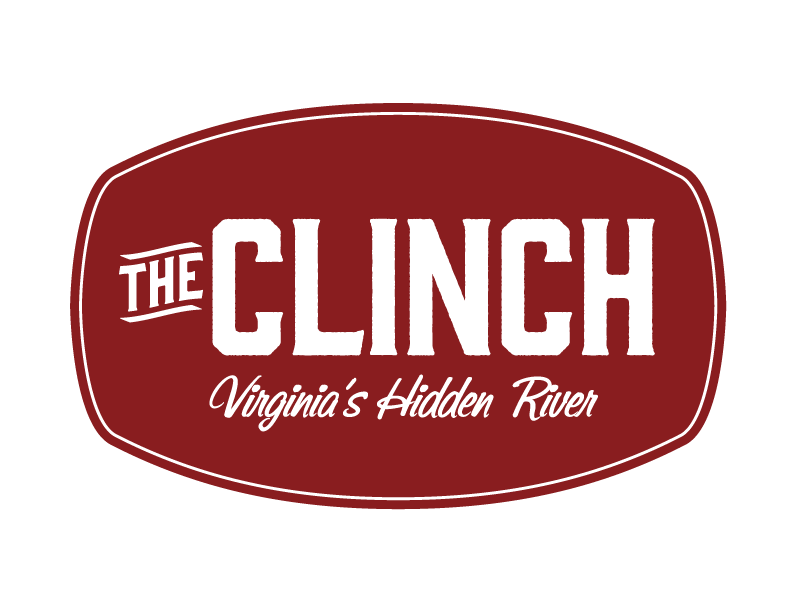

Watersheds in Focus: Guest River
The Guest River is one of the largest tributary streams to the Clinch in southwest Virginia, flowing mostly through Wise and Scott counties. Twenty-three percent of the land area in Wise County drains to Guest River, in fact, along with 52% of the City of Norton. This makes the Guest River watershed one of the most heavily populated areas of the whole Clinch Valley. The Guest is also renowned for the Guest River Gorge, a 6-mile stretch along the river's lowest reaches that has cut a deep, nearly 400-foot gorge into the southern face of the Appalachian Plateau.
Why is the Guest River Impaired?
In 1998, 28.33 miles of the Guest River were listed as being unable to attain the general standards for aquatic life and primary contact, which means that the river was unsuitable for recreation. Recreation restrictions are generally due to the presence of fecal coliform bacteria, which occur at astoundingly high levels in the Guest. Like with other watersheds featured on this website, fecal coliform bacteria are an indicator of possible sewage contamination, since they are commonly found in human and animal feces. This collection of many different types of bacteria can occasionally contain pathogenic, or disease-causing, bacteria that can infect humans who ingest untreated water from impaired streams.
What is being done to improve water quality in the Guest River?
A high proportion of bacterial contamination in the Guest likely results from the improper disposal of human waste. This can result from something as simple as an unmaintained septic system or something as harmful as straight-piping, a practice common in portions of rural Appalachia in which residents discharge human waste directly into nearby streams without prior storage or treatment.
As a result, the Upper Tennessee River Roundtable and several partners are engaged in an effort to reach out to landowners in the Guest watershed to improve human waste disposal. Landowners in certain parts of the watershed can ease the financial blow of improving their waste disposal systems through a cost-sharing plan, thereby reducing the amount of waste that reaches the Guest River itself and, hopefully, decreasing bacterial levels. Pet waste stations are also being used within the watershed in efforts to minimize the amount of non-human waste reaching the Guest's waters.
